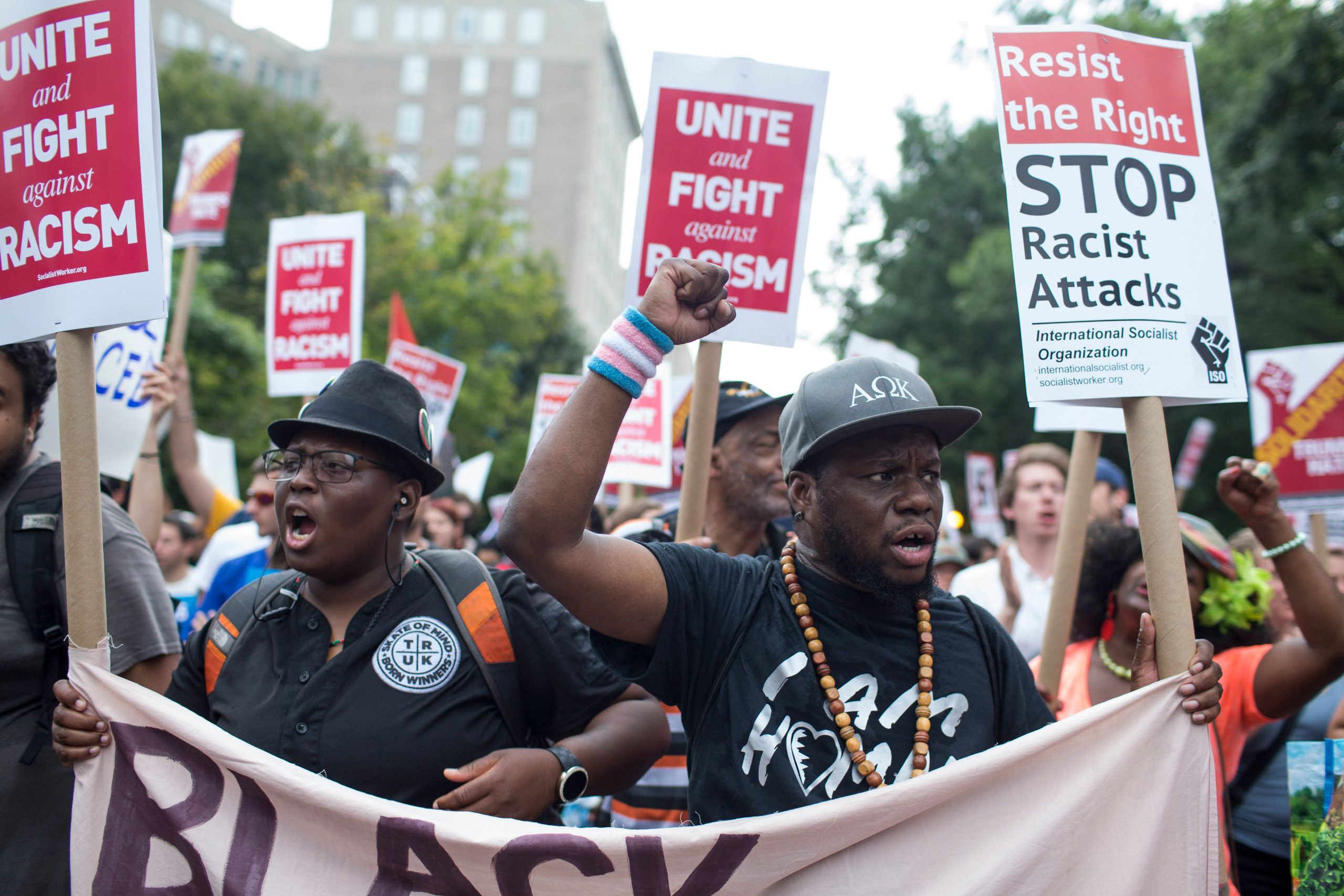
On 9 October a 27-year-old man stood outside a synagogue in the German town of Halle and apologised. “Sorry, guys,” he said, holding a shotgun in his hand; a smartphone, attached to his army helmet, was recording him. Stephan Balliet was not apologising to the Jewish worshippers he hoped to kill on Yom Kippur, nor was he apologising for the woman he had just shot dead. He was apologising to the audience – estimated at 2,200 people – who were watching his attack by live-stream. “I can’t kill shit,” Balliet said, thwarted by the synagogue’s heavy wooden door. He killed one other person, but the number would have been far higher had he managed to force his way in.
Balliet’s attack mimicked the massacre on 15 March, in Christchurch, New Zeland, when Brenton Tarrant also filmed his act of terror, killing 51 worshippers across two mosques before posting his 74-page “manifesto” online.
The document immediately acquired cult status among the extreme right. It is still available to download and, according to the investigative website Bellingcat, can be read in 15 languages, including French, German, Croatian and Russian. In Ukraine, a neo-Nazi group published a translation in paperback.
Far-right movements are obsessed with particularity, with treasuring an ostensibly unique ethnic, racial, cultural and national identity. The forces of globalisation are pitched as their mortal foe, whether embodied by “globalists”, “cultural Marxists”, Muslim immigrants, Jews, or a conspiracy between the four. Tarrant’s manifesto, like that of other far-right declarations both before and since, is rooted in these anxieties. But it also speaks to another of today’s more paradoxical trends: the globalisation of ethno-nationalism and far-right thought.
Nationalist movements have long been open to transnational influence. It has been argued that India’s early Hindutva ideologues – of which prime minister Narendra Modi is an heir – were inspired by the Nazis, while Hitler praised The Passing of the Great Race (1916) by the American white-supremacist Madison Grant as his “bible.”
But deepening lines of communication and funding are now creating precisely the kind of loose, nefarious networks that once haunted the far-right’s fever-dreams. Roaming this borderless landscape is not some mythical menace such as the “Wandering Jew”, but what might be called the Wandering White Supremacist.
Tarrant, an Australian citizen, was radicalised – he says – on a visit to France in 2017, and targeted New Zealand to show “that nowhere in the world was safe”. He donated money to Generation Identity, the neo-fascist network that is based in Europe and draws much of its funding from the US. His attack inspired others, including a shooter who opened fire in a Walmart in Texas on 3 August, killing 22 people. A week later, a young man hailed both “saint Tarrant” and the El Paso attack before he opened fire inside a mosque in Norway.
“Social media and ‘alt-tech’ platforms have provided these movements with the ability to share content, language, cultural references and campaigns in a way that they were previously not able to do,” says Chloe Colliver, who leads the digital research unit at the Institute for Strategic Dialogue (ISD), an anti-extremism think tank. Some researchers are calling it “inspirational terrorism”.
The ethno-nationalist ends of these attacks contradict the far-right’s increasingly global outlook. The multiplying translations of Tarrant’s manifesto mask the common language in which he and his fellow fascists speak. Aided by the internet, this shared discourse of in-jokes, symbols, bad history and conspiracy theories is becoming easier to find. The title of Tarrant’s manifesto, “The Great Replacement”, is taken from a 2011 book by France’s far-right ideologue Renaud Camus; according to a report by ISD, between 2014 and 2018 the number of tweets referencing the idea that the West is being reverse-colonised by immigrants almost tripled.
From country to country, the purported “replacers” may vary. In New Zealand and Norway, it was Muslims. In Texas, Mexicans. In California and Halle, Jews. But the cause is the same and the shared sense of purpose and community are clear. Dreams of purity and domination, fears and fantasies of imminent extinction, social and cultural alienation – this is the Esperanto of fascism.
The internet’s dark corners – especially message-board sites such as 4chan and 8chan – offer rich soil for recruits. 8chan, which has been offline since August, has been linked to at least three white-supremacist attacks since March 2019. But platforms such as Facebook, Twitter and YouTube are also nesting grounds. Given Mark Zuckerberg’s dream of building a “global community”, it is ironic that Facebook has helped facilitate the resurgence of ethno-nationalism, epitomising the darker connections behind globalisation.
“I believe,” Ronald Reagan declared in 1989, “that more than armies, more than diplomacy, more than the best intentions of democratic nations, the communications revolution will be the greatest force for the advancement of human freedom the world has ever seen.” But in this moment of global unravelling, it is today’s ethno-nationalists – whether at its terroristic fringe or increasingly electable core – who have every reason to feel optimistic. Their cause is ascendant; the liberal world order is in crisis.
It turns out that the same tools that transgress national boundaries create a parallel desire to reaffirm them and offer new means for mobilising. Social media brings us not only closer to others but to the threats we imagine they pose, making them weapons for any fear-mongering movement. From the chants of “Facebook! Facebook!” at the inauguration of Brazil’s far-right president Jair Bolsonaro, to Matteo Salvini’s “Long live Facebook!”, to Tarrant live-streaming his attack, Silicon Valley’s utopic vision is morphing into a very different “global community” to the one they imagined.
This article appears in the 30 Oct 2019 issue of the New Statesman, Britain alone





